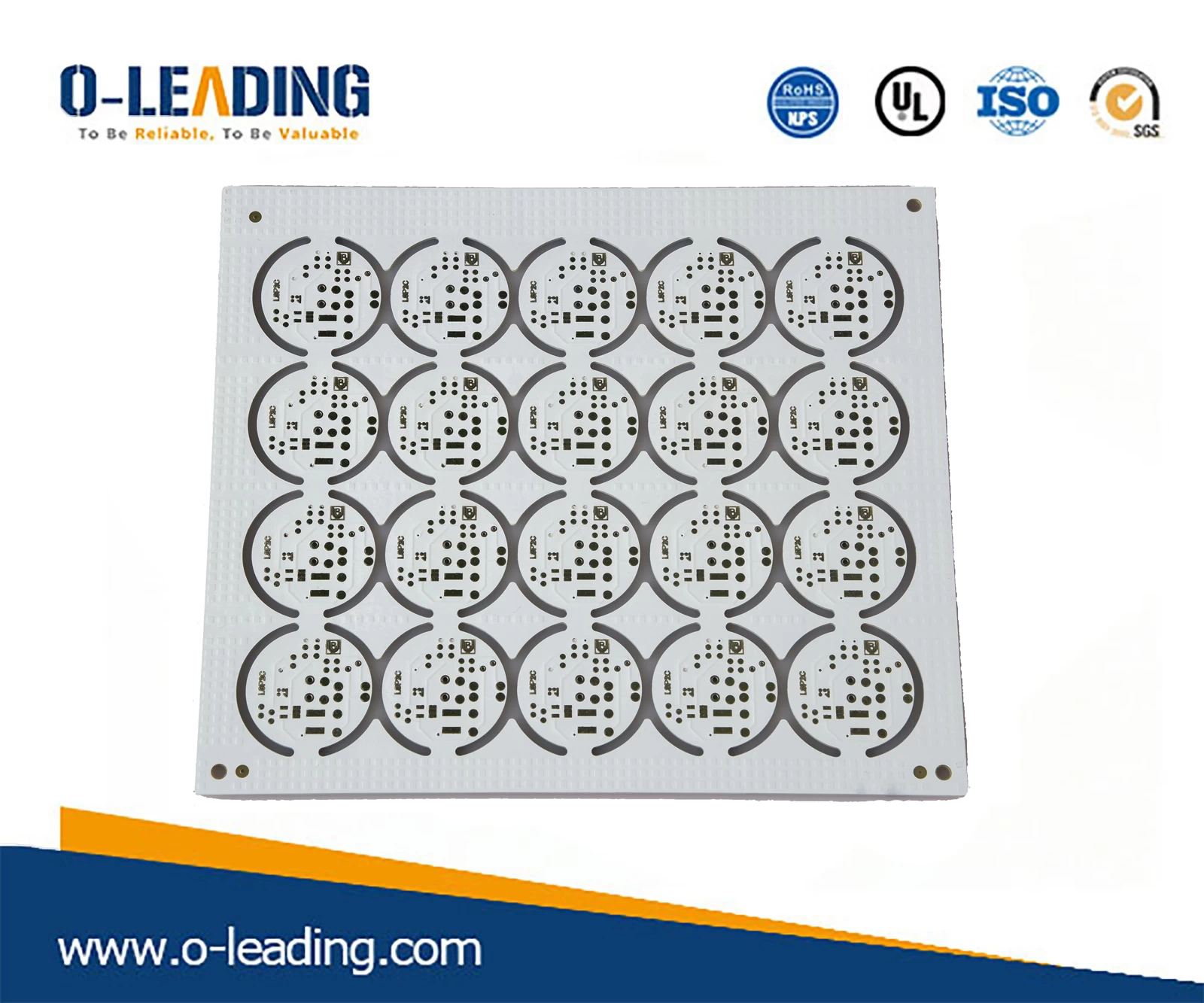Common reasons for copper beryllium on PCB boards
First, the PCB circuit board process factors:
1. Copper foil is excessively etched. The electrolytic copper foil used on the market is generally unilateral galvanized (commonly known as ash foil) and single-sided copper plating (commonly known as red foil). Common bismuth copper is generally galvanized copper of 70um or more. There are basically no batches of beryllium copper in foil, red foil and ash foil below 18um. SMD stencil manufacturer china.

2. Local collision occurs in the PCB process, and the copper wire is separated from the substrate by external mechanical force. This bad performance is poor positioning or directional, and the detached copper wire will have obvious distortion or scratches/impact marks in the same direction. Peel the copper wire on the bad copper strip to see the copper foil surface. You can see that the copper foil surface is normal in color, there will be no side erosion, and the copper foil peeling strength is normal.
3, PCB circuit design is unreasonable, the use of thick copper foil to design a thin line, will also cause excessive etching of the line and copper.
Ceramic PCB manufacturer china.

Second, the laminate process reasons:
Under normal circumstances, as long as the laminate is hot pressed for more than 30 minutes, the copper foil and the prepreg are basically completely combined, so the pressing generally does not affect the bonding force between the copper foil and the substrate in the laminate. However, in the process of stacking and stacking laminates, if PP is contaminated, or the damage of the copper foil surface is damaged, the bonding strength of the copper foil to the substrate after lamination may be insufficient, resulting in positioning (only for large plates). Words) or sporadic copper wire falling off, but the peeling strength of the copper foil near the test strip is not abnormal.
HIGH THERMAL CONDUCTIVITY HEAVY COPPER BOARD.

Third, laminate raw materials reasons:
1. Ordinary electrolytic copper foil is a product of galvanized or copper-plated wool. If the peak of the wool foil is abnormal during production, or when the galvanizing/copper plating is performed, the plating layer is poor, which causes the peeling strength of the copper foil itself to be insufficient. When the defective foil pressed sheet is made into a PCB and is inserted into the electronics factory, the copper wire is detached by an external force. Such copper beryllium is peeled off by copper wire to see that the copper foil surface (ie, the contact surface with the substrate) does not have obvious side etching, but the peeling strength of the whole copper foil is very poor.
2.Poor adaptability of copper foil and resin: Some special performance laminates, such as HTg sheets, are different because of the resin system. The curing agent used is generally PN resin. The resin molecular chain structure is simple and solidified. The degree of cross-linking is low and it is necessary to match the copper foil with a special peak. When the laminate is produced, the copper foil is not matched with the resin system, so that the peeling strength of the metal foil of the sheet is insufficient, and the copper wire is not peeled off when the insert is inserted.
































